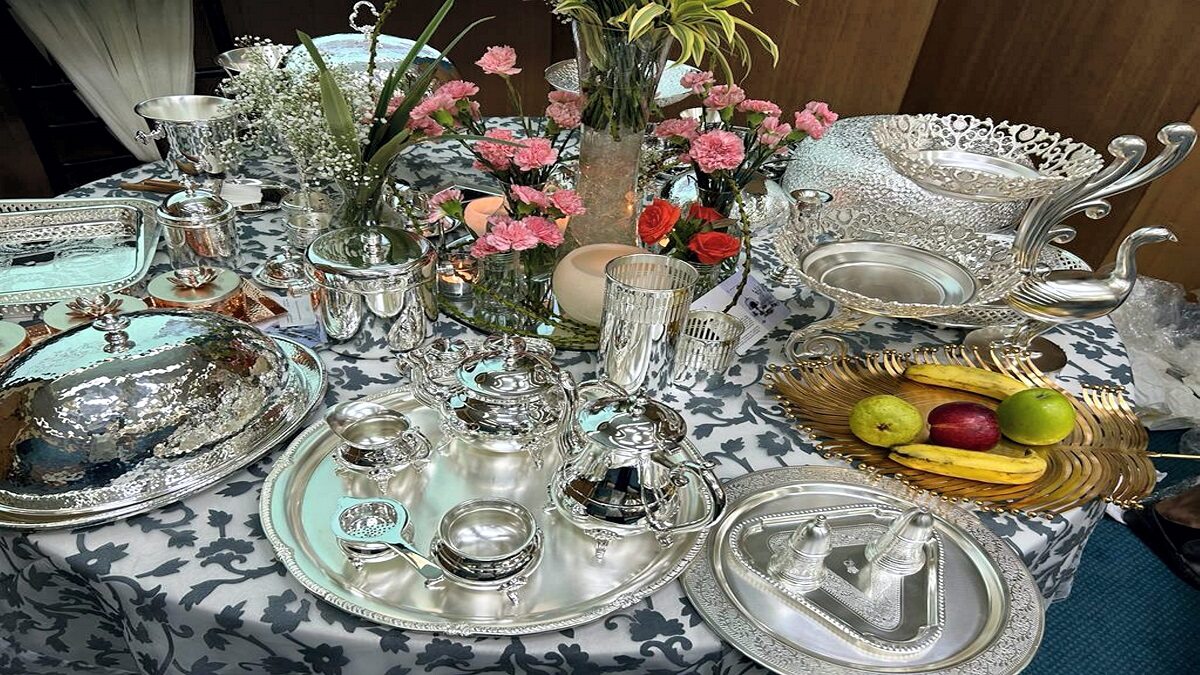

Articles
How To Store Silverware
Modified: January 6, 2024
Learn the best tips and techniques for storing silverware and keeping it in pristine condition with our informative articles on storage solutions and maintenance.
(Many of the links in this article redirect to a specific reviewed product. Your purchase of these products through affiliate links helps to generate commission for Storables.com, at no extra cost. Learn more)
Introduction
Welcome to our comprehensive guide on how to store silverware! Whether you have just purchased a new set of silverware or you are looking to properly store your existing collection, it is important to understand the best practices for silverware storage. By following these guidelines, you can ensure that your silverware remains in optimum condition, free from tarnish, scratches, and other damage.
Properly storing silverware not only maintains its beauty and value, but also makes it easier to access and enjoy for years to come. In this article, we will explore the importance of proper silverware storage, how to choose the right storage solution, techniques for organizing and separating your silverware, tips for preventing tarnish and damage, cleaning and maintaining your silverware, and special considerations for storing silverware during travel or moving.
Whether you have a treasured family heirloom, a set of antique silverware, or modern silverware, these guidelines will help you protect and preserve your investment. So, let’s dive in and discover the secrets to effective silverware storage!
Key Takeaways:
- Properly storing silverware is crucial for preserving its beauty, preventing tarnish, and extending its lifespan. By following the outlined strategies, you can ensure your silverware remains in optimal condition for years to come.
- Choosing the right storage solution, organizing and separating silverware, preventing tarnish and damage, and cleaning and maintaining silverware are essential steps in preserving the beauty and longevity of your silverware collection.
Read more: How To Roll Silverware
Importance of Proper Silverware Storage
Knowing how to properly store your silverware is crucial to preserving its beauty and extending its lifespan. Silverware, whether made of sterling silver, silver-plated, or stainless steel, is susceptible to tarnish, scratches, and other damage if not stored correctly. Here are some key reasons why proper silverware storage is important:
- Prevents Tarnish: Tarnish is a natural process that occurs when silverware comes into contact with sulfur compounds in the air or certain foods. Storing silverware in airtight containers, such as tarnish-resistant bags or lined drawers, can help minimize tarnishing and keep your silverware looking its best.
- Reduces Oxidation: Exposure to air and moisture can cause silverware to oxidize and develop a dull appearance. By storing your silverware in a dry environment, preferably with anti-tarnish materials, you can slow down the oxidation process and maintain its shine.
- Prevents Scratches and Damage: Silverware can easily get scratched or damaged if it is stored haphazardly. Using individual compartments or dividers in a storage box or drawer helps prevent silverware from hitting against each other, reducing the risk of scratches or other forms of damage.
- Organized Accessibility: Proper storage allows you to easily access your silverware when needed. By organizing your silverware in an efficient and systematic manner, you can save time and frustration when setting a table or hosting a dinner party.
- Preserves Value: Properly cared for and stored silverware retains its value over time. Whether you have inherited a family heirloom or invested in a high-quality set, taking the necessary steps to store it properly ensures that it remains in excellent condition and holds its value for future generations.
Now that we understand the importance of proper silverware storage, let’s explore how to choose the right storage solution for your silverware collection.
Choosing the Right Storage Solution
When it comes to storing your silverware, selecting the appropriate storage solution is essential for keeping it safe and well-organized. Here are some factors to consider when choosing the right storage solution for your silverware:
- Material: The material of the storage container is crucial in preventing tarnish and scratches. Look for storage options made of non-abrasive and non-reactive materials such as tarnish-resistant fabric, anti-tarnish bags, or specially designed silverware chests.
- Size: Consider the size of your silverware collection when choosing a storage solution. Ensure that the storage container has enough compartments or dividers to accommodate each piece without crowding or overlapping.
- Accessibility: Opt for a storage solution that allows for easy access to your silverware. Individual compartments or dividers make it convenient to retrieve specific pieces without disturbing the rest of the collection.
- Tarnish Protection: Look for storage options that provide tarnish protection. Tarnish-resistant fabric or bags are excellent choices as they help create a barrier between the silverware and air, reducing the risk of tarnish and oxidation.
- Security: If your silverware holds significant sentimental or monetary value, consider a storage solution that offers additional security features such as latches or locks to keep your collection safe.
- Aesthetics: If visual appeal is important to you, choose a storage solution that complements your personal style and the overall décor of your home. You can find storage options in various designs, materials, and finishes to suit your taste.
Whether you prefer a traditional silverware chest, a velvet-lined drawer organizer, or a modern storage case, there are numerous options available to suit your needs and preferences. Remember, the right storage solution not only keeps your silverware safe but also enhances its elegance and beauty.
Now that we have covered choosing the right storage solution, let’s delve into techniques for organizing and separating your silverware.
Organizing and Separating Silverware
When it comes to organizing and separating your silverware, a systematic approach can save you time and frustration. Here are some useful techniques for keeping your silverware well-organized:
- Sort by Type: Begin by sorting your silverware into categories such as forks, spoons, knives, and serving utensils. This step helps you identify the different pieces and makes it easier to find what you need when setting a table.
- Utilize Compartments: If your storage solution has compartments or dividers, use them to separate each type of silverware. This prevents them from bumping into each other, reducing the risk of scratches or damage. Alternatively, you can use individual storage sleeves or cloth wraps to keep each piece separated.
- Consider Frequency of Use: If you have silverware pieces that are used more frequently than others, place them in easily accessible compartments or at the front of the storage container. This way, you can reach for them easily without disturbing the rest of the collection.
- Arrange in Sets: If you prefer to store silverware in sets, place all the pieces for a specific place setting together. This makes it convenient to grab a complete set when setting the table.
- Labeling: To enhance organization and ease of use, consider labeling the compartments or dividers with the type of silverware contained within. This is especially helpful if you have a large collection or frequently rotate your silverware.
- Keep Serving Utensils Separate: As serving utensils tend to be larger and bulkier than regular silverware, consider storing them separately. This prevents overcrowding in the main storage area and avoids potential damage or scratches.
By following these techniques, you can ensure that your silverware remains well-organized and easily accessible. Organizing and separating your silverware not only helps preserve its condition but also enhances the overall dining experience.
Next, let’s explore some important tips for preventing tarnish and damage to your silverware.
To store silverware, use a tarnish-resistant storage cloth or anti-tarnish strips to prevent tarnishing. Keep them in a dry, cool place away from direct sunlight to maintain their shine.
Preventing Tarnish and Damage
Tarnish and damage can significantly affect the appearance and value of your silverware. Luckily, there are several preventive measures you can take to keep your silverware in pristine condition:
- Use Anti-Tarnish Products: Consider using anti-tarnish products such as tarnish-resistant bags, wraps, or cloth specially designed to protect silverware. These products create a barrier between the silverware and air, reducing the risk of tarnish.
- Store in a Dry Environment: Moisture can accelerate tarnish and damage silverware. Ensure that your storage area is dry, avoiding spaces with high humidity levels, such as basements or attics. If necessary, use silica gel packets or dehumidifiers to maintain a dry environment.
- Avoid Exposure to Air and Light: Prolonged exposure to air and light can cause silverware to tarnish. When not in use, store your silverware in airtight containers or lined drawers to minimize exposure to air. If displaying your silverware, avoid placing it in direct sunlight or areas prone to harsh lighting.
- Keep Away from Chemicals: Contact with chemicals can damage silverware. Avoid storing silverware near household cleaning products, such as bleach or ammonia, as well as sulfur-containing materials like rubber bands or elastic. These substances can cause discoloration or pitting on the surface of the silverware.
- Regular Cleaning and Polishing: Regular cleaning and polishing help prevent tarnish buildup on your silverware. Use gentle silver polish and a soft cloth to remove tarnish or stains. Avoid abrasive cleaning agents and scrubbing, as they can scratch or damage the silverware.
- Handle with Care: When handling silverware, take care to avoid unnecessary scratching or twisting. Hold the silverware by the handles or non-visible areas to minimize fingerprints and smudges. Avoid using metal utensils or abrasive sponges when serving or cleaning silverware.
By implementing these preventive measures, you can significantly reduce the risk of tarnish and damage to your silverware. Taking proper care of your silverware ensures its longevity, beauty, and value.
Now that we have covered preventing tarnish and damage, let’s move on to cleaning and maintaining your silverware.
Read more: How To Disinfect Silverware
Cleaning and Maintaining Silverware
Regular cleaning and maintenance are essential for keeping your silverware looking its best. Here are some tips for effectively cleaning and maintaining your silverware:
- Hand Washing: It is generally recommended to hand wash silverware rather than using a dishwasher. Dishwashers can cause scratching and exposure to hot water and harsh detergents, which may tarnish or damage the silverware. Use mild dish soap, warm water, and a soft sponge or cloth to gently clean each piece.
- Drying Immediately: After washing, dry each piece of silverware thoroughly with a soft cloth or towel. Avoid air drying, as moisture can contribute to tarnish or water spots.
- Polishing: Regularly polish your silverware to maintain its shine. Use a silver polish specifically formulated for silverware and follow the instructions provided. Polish in a gentle circular motion with a soft cloth, and then buff to a shine.
- Use Silver Dips with Caution: Silver dips can be effective at removing tarnish but should be used sparingly and with caution. Follow the instructions carefully, as overuse or improper application can damage the silverware. Rinse thoroughly with water and dry after using silver dips.
- Store Properly: After cleaning and drying your silverware, store it in a dry and protected environment. Use the storage solution discussed earlier, such as tarnish-resistant bags or an anti-tarnish lined drawer, to keep your silverware safe from tarnish and scratches.
- Regular Inspections: Periodically inspect your silverware for any signs of tarnish, damage, or loose handles. Address any issues promptly to prevent further damage and maintain the quality of your silverware.
- Handle with Gloves: When handling recently polished silverware, consider wearing white cotton gloves to minimize fingerprints and smudges. This extra precaution helps preserve the shine of your silverware.
By following these cleaning and maintenance tips, you can ensure that your silverware retains its beauty and longevity. Regular care and attention will keep your silverware looking exquisite for years to come.
Now let’s move on to the special considerations for storing silverware during travel or moving.
Storing Silverware for Travel or Moving
When it comes to traveling or moving with your silverware, proper storage is crucial to ensure its safety and protection. Here are some important considerations and tips for storing silverware during travel or moving:
- Choose a Sturdy Container: Select a durable storage container that can withstand the rigors of travel. Look for options that provide cushioning and protection, such as a hard-sided silverware case or a padded storage bag.
- Wrap Each Piece Individually: To prevent scratches and damage during transport, wrap each piece of silverware individually in soft cloth or tissue paper. This provides an additional layer of protection and helps keep the silverware secure in the container.
- Secure the Container: Ensure that the storage container is securely closed and sealed to prevent any movement or jostling during transit. Use straps or additional padding if necessary to keep the silverware from shifting.
- Avoid Extreme Temperatures: When traveling with silverware, it is important to avoid exposing it to extreme temperatures. Keep it away from direct sunlight, heat sources, or cold environments, as these can potentially damage the silverware or cause tarnish.
- Label the Container: To easily identify your silverware during travel or moving, label the storage container with your name or a description of its contents. This helps prevent confusion or loss during the transportation process.
- Keep Valuables with You: If your silverware holds significant value or sentimental importance, consider keeping it with you rather than packing it in checked luggage or in a moving truck. This ensures that you have control over its safety and minimizes the risk of loss or theft.
- Inspect Upon Arrival: Once you have reached your destination, carefully unpack and inspect your silverware for any signs of damage or tarnish. If needed, clean and polish the silverware before storing it in its designated storage solution.
By following these tips, you can ensure that your silverware remains protected and in excellent condition during travel or moving. Taking the necessary precautions will give you peace of mind knowing that your precious silverware is well-cared for.
Now that we have covered storing silverware for travel or moving, let’s summarize the key points we have discussed.
Conclusion
Properly storing your silverware is crucial for preserving its beauty, preventing tarnish, and extending its lifespan. By following the strategies and techniques outlined in this comprehensive guide, you can ensure that your silverware remains in optimal condition for years to come.
We began by understanding the importance of proper silverware storage, including preventing tarnish, reducing oxidation, preventing scratches and damage, maintaining organization, and preserving its value. We then explored how to choose the right storage solution based on factors such as material, size, accessibility, tarnish protection, security, and aesthetics.
Next, we delved into techniques for organizing and separating your silverware, such as sorting by type, utilizing compartments, considering the frequency of use, arranging in sets, labeling, and keeping serving utensils separate.
We then discussed preventive measures for preventing tarnish and damage, including the use of anti-tarnish products, storing in a dry environment, avoiding exposure to air and light, keeping away from chemicals, regular cleaning and polishing, and handling with care.
Furthermore, we provided tips for cleaning and maintaining silverware, emphasizing the importance of hand washing, drying immediately, polishing, using silver dips with caution, storing properly, regular inspections, and handling with gloves.
Lastly, we addressed the specific considerations for storing silverware during travel or moving. This included choosing a sturdy container, wrapping each piece individually, securing the container, avoiding extreme temperatures, labeling the container, keeping valuables with you, and inspecting upon arrival.
By incorporating these guidelines into your silverware storage routine, you can enjoy the beauty and elegance of your silverware collection for generations to come. Remember, proper storage not only protects your investment but also enhances the overall dining experience. So, take the necessary steps to store your silverware with care and enjoy the timeless elegance it brings to your table.
Frequently Asked Questions about How To Store Silverware
Was this page helpful?
At Storables.com, we guarantee accurate and reliable information. Our content, validated by Expert Board Contributors, is crafted following stringent Editorial Policies. We're committed to providing you with well-researched, expert-backed insights for all your informational needs.
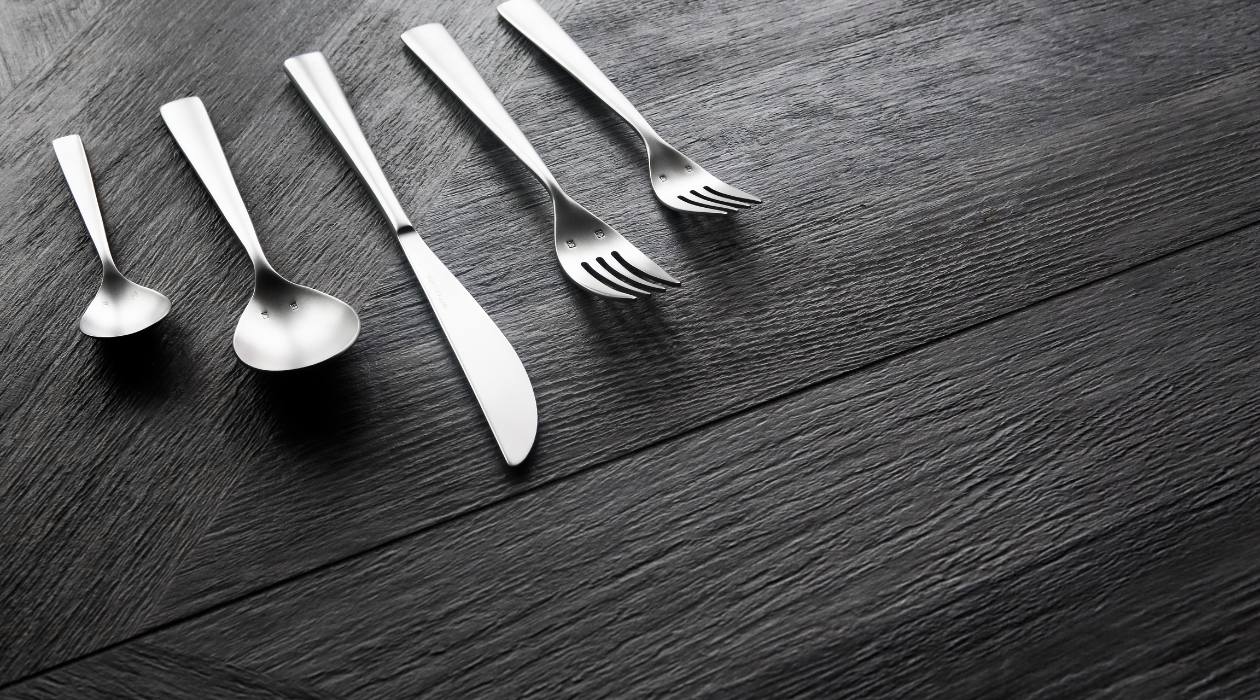
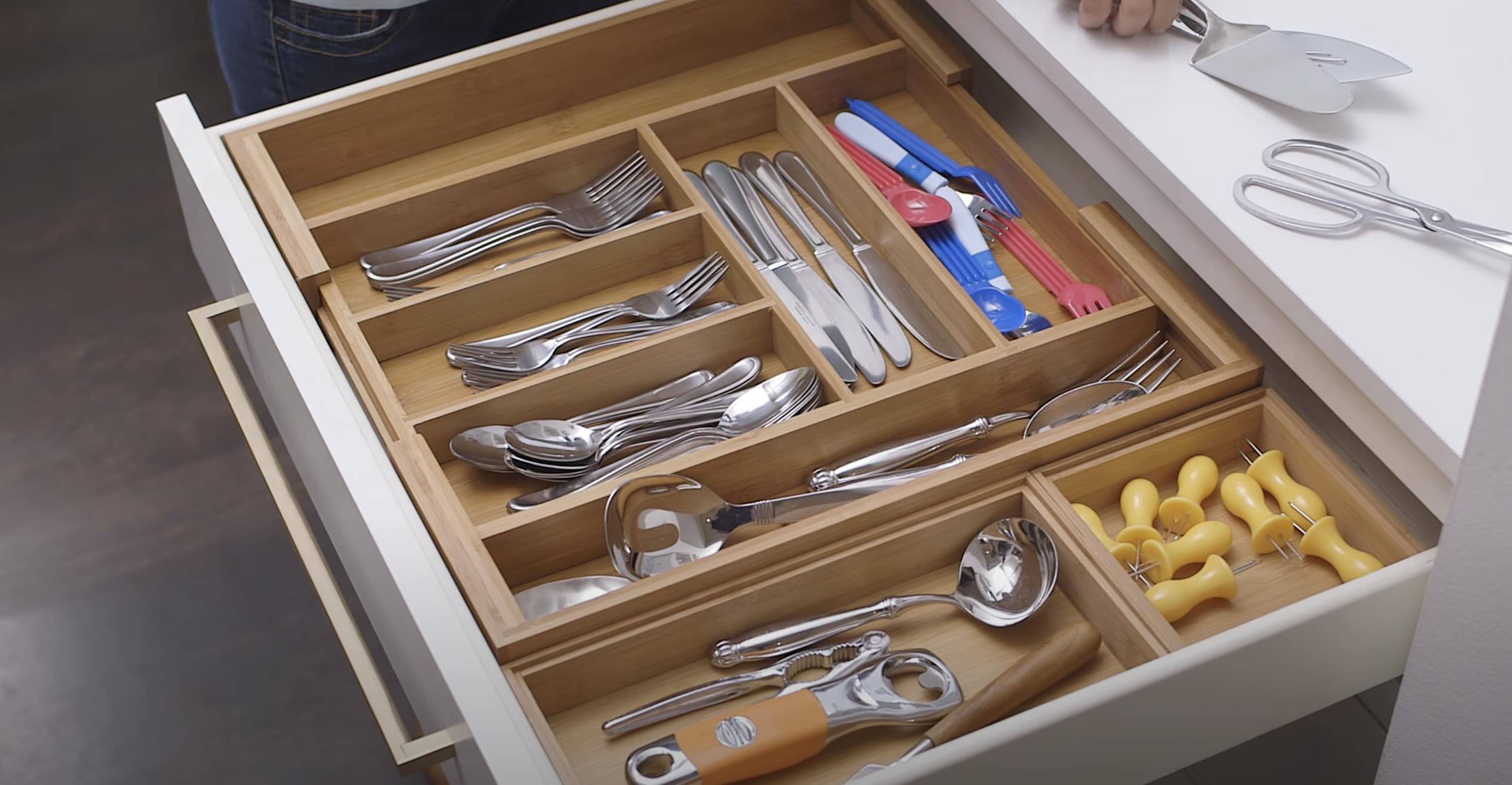
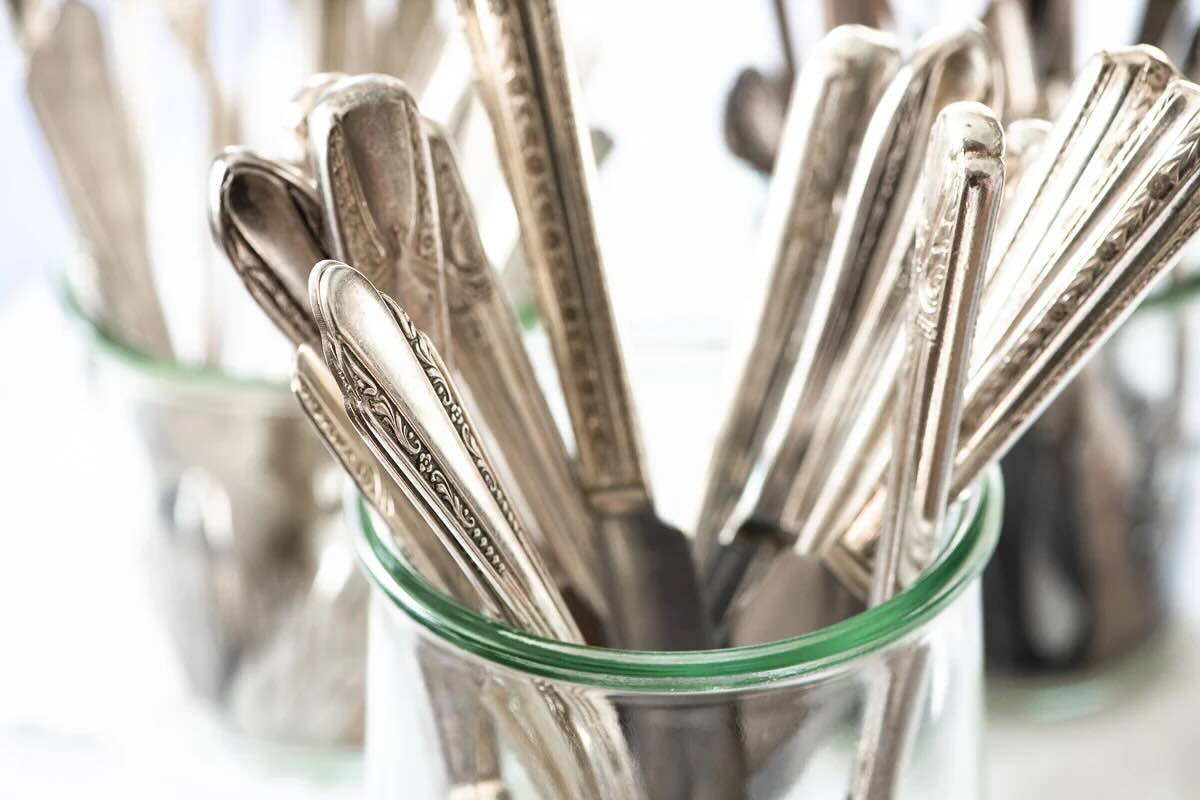
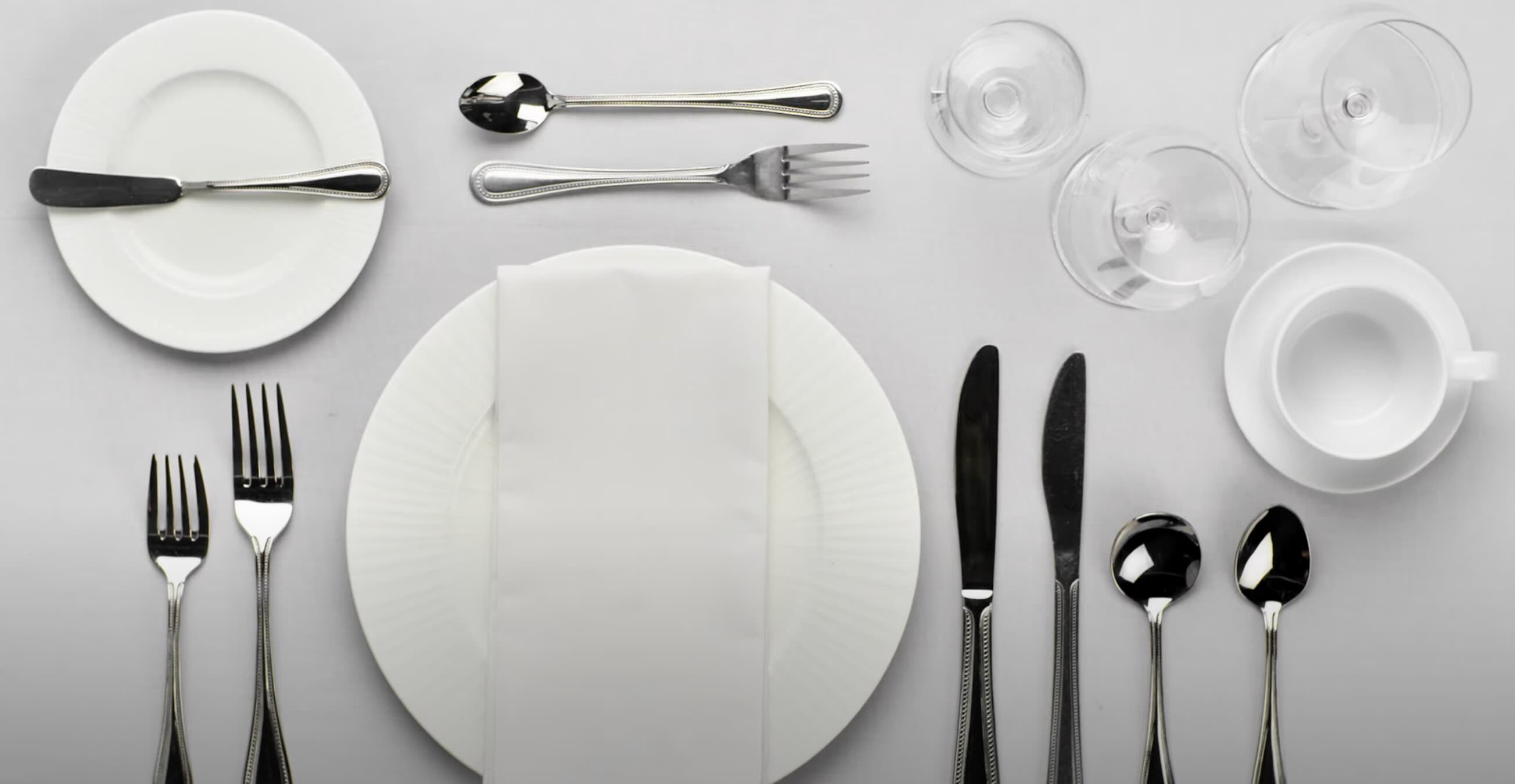
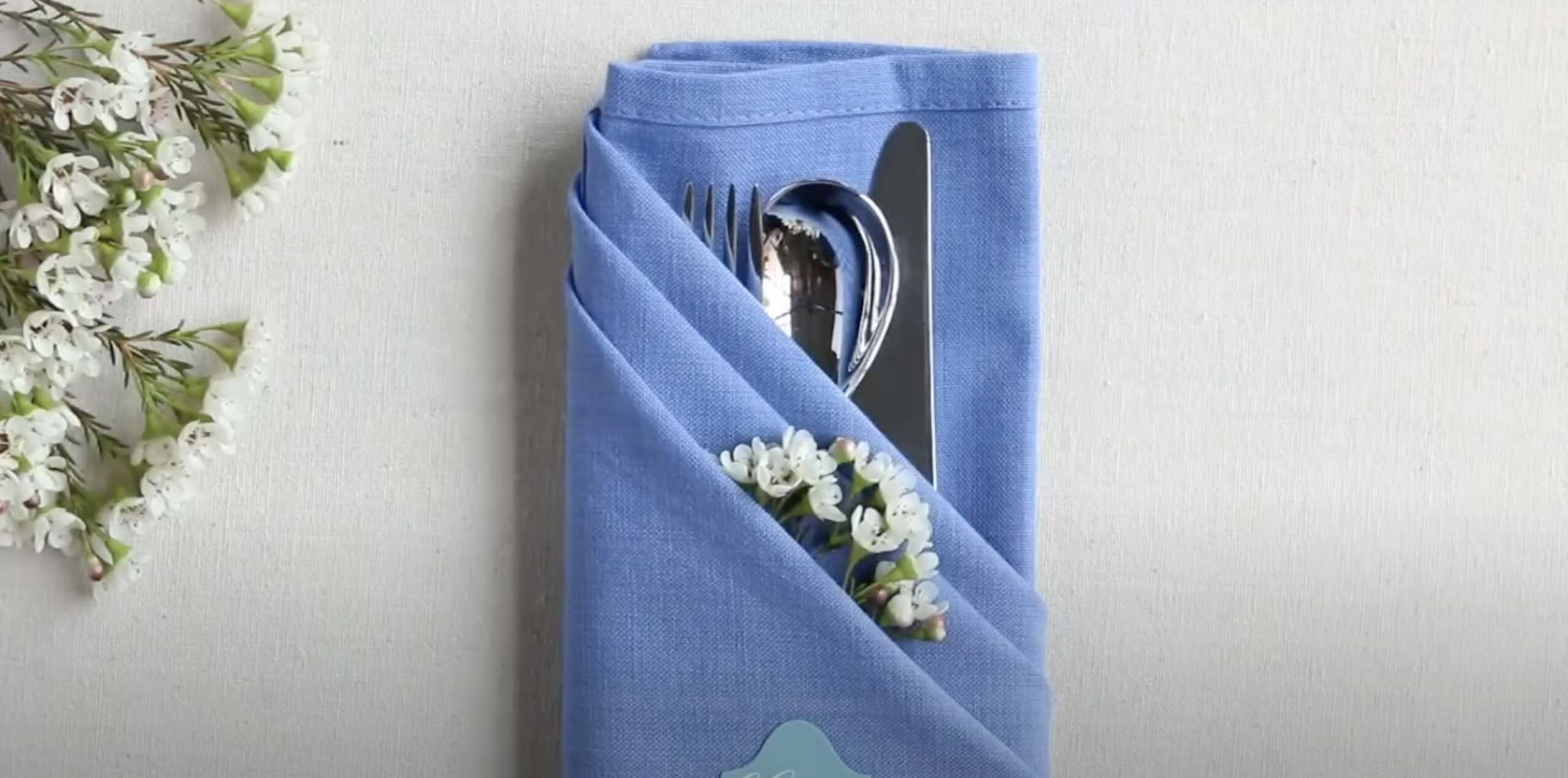
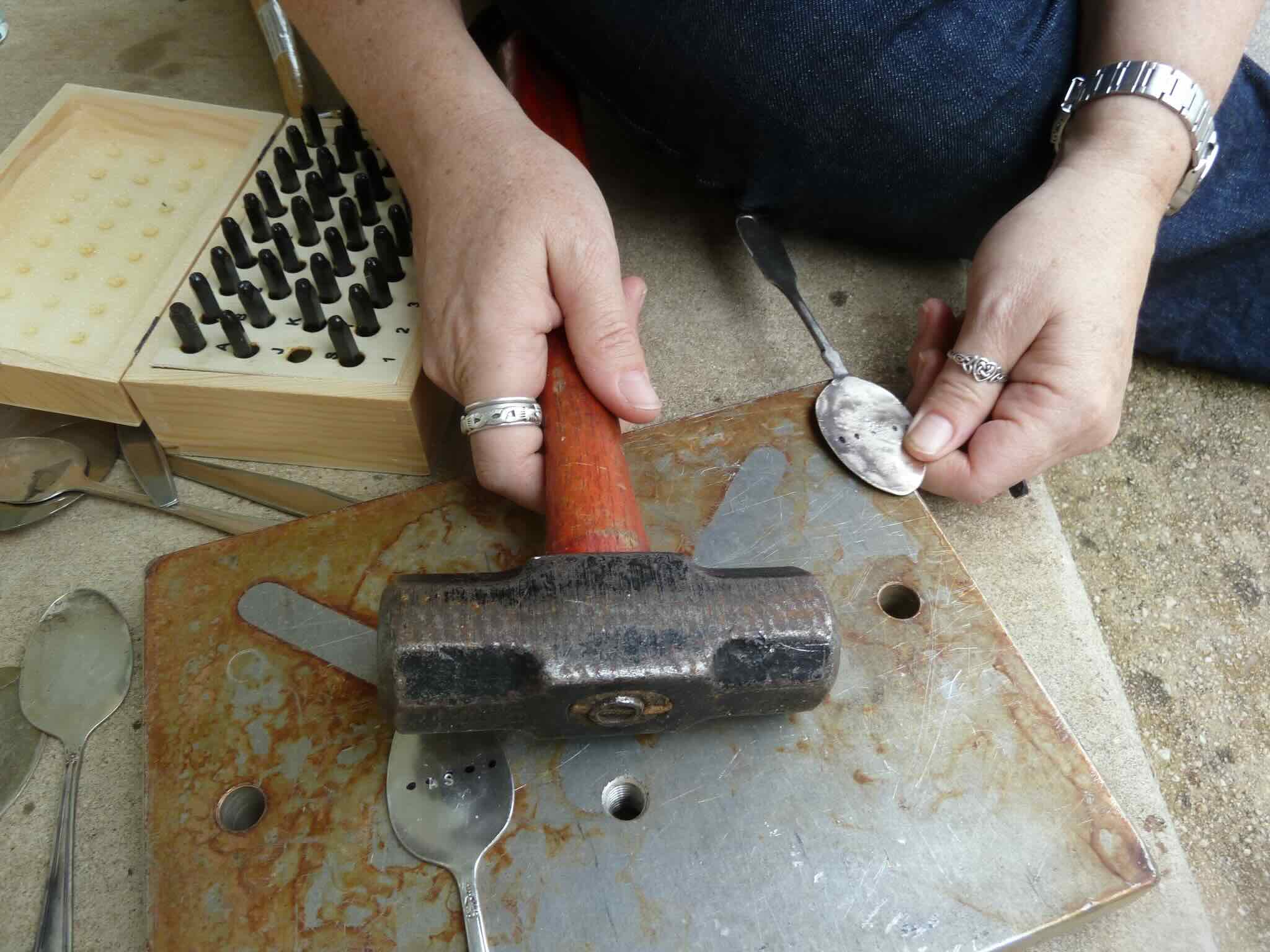
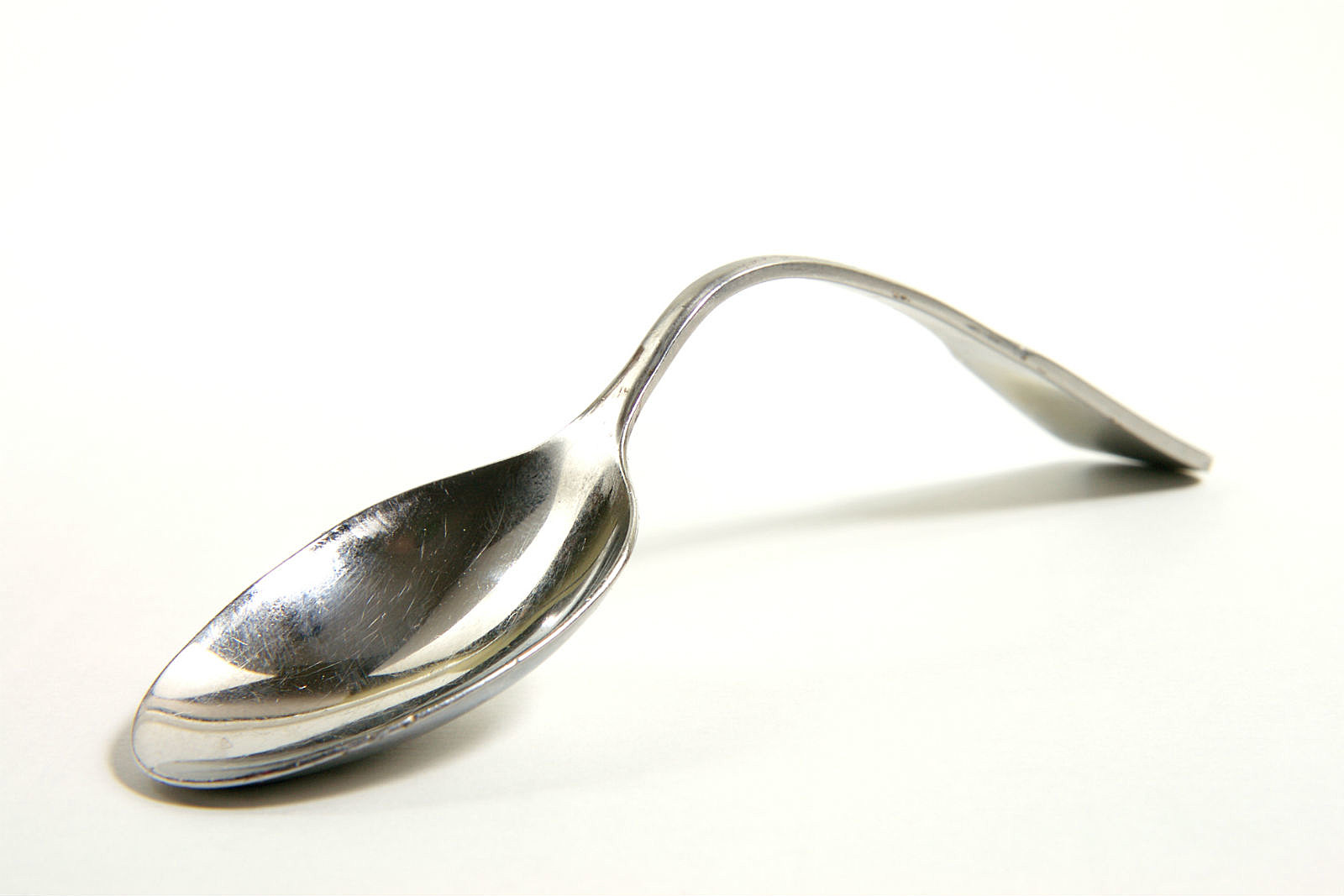
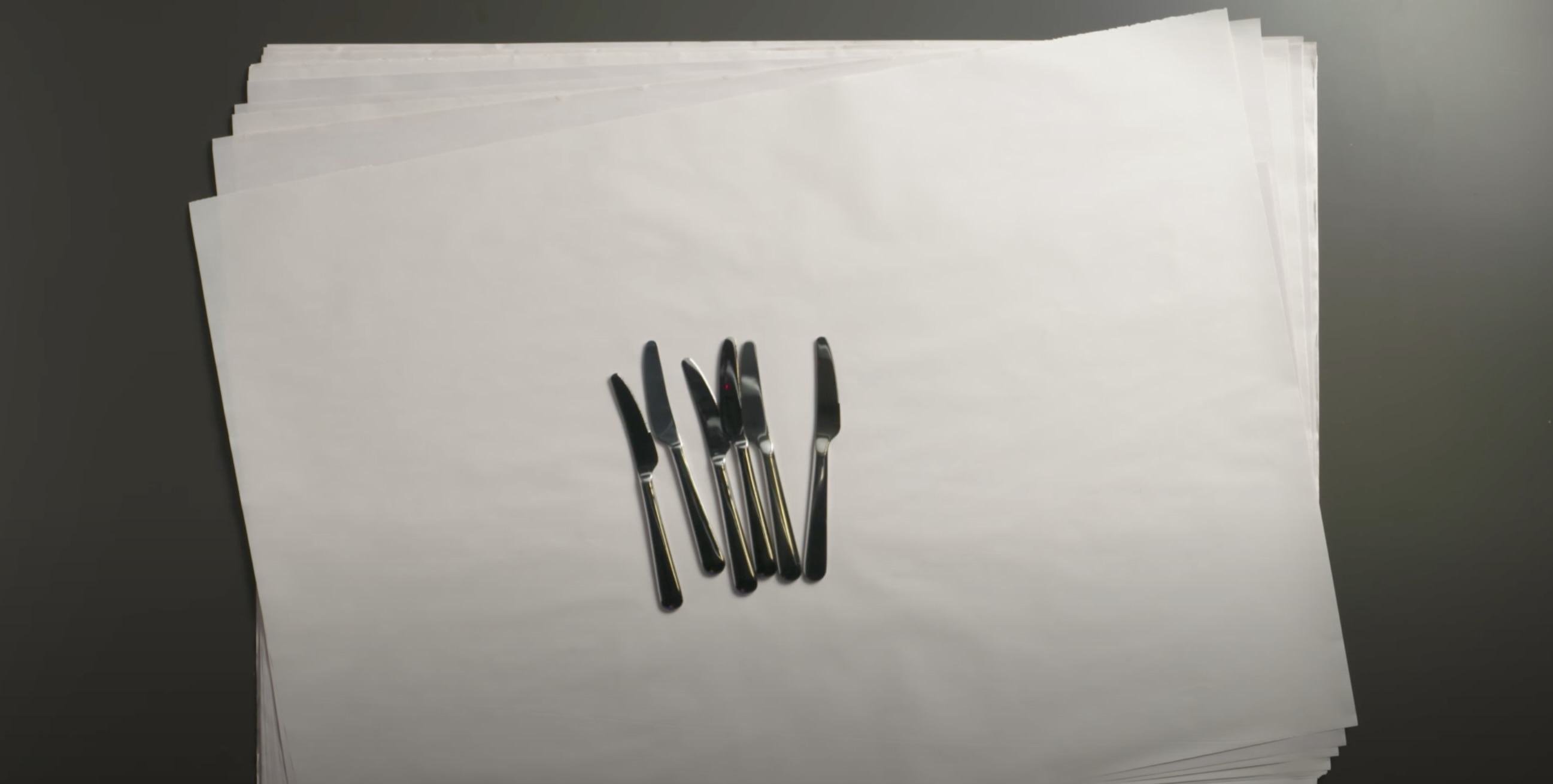
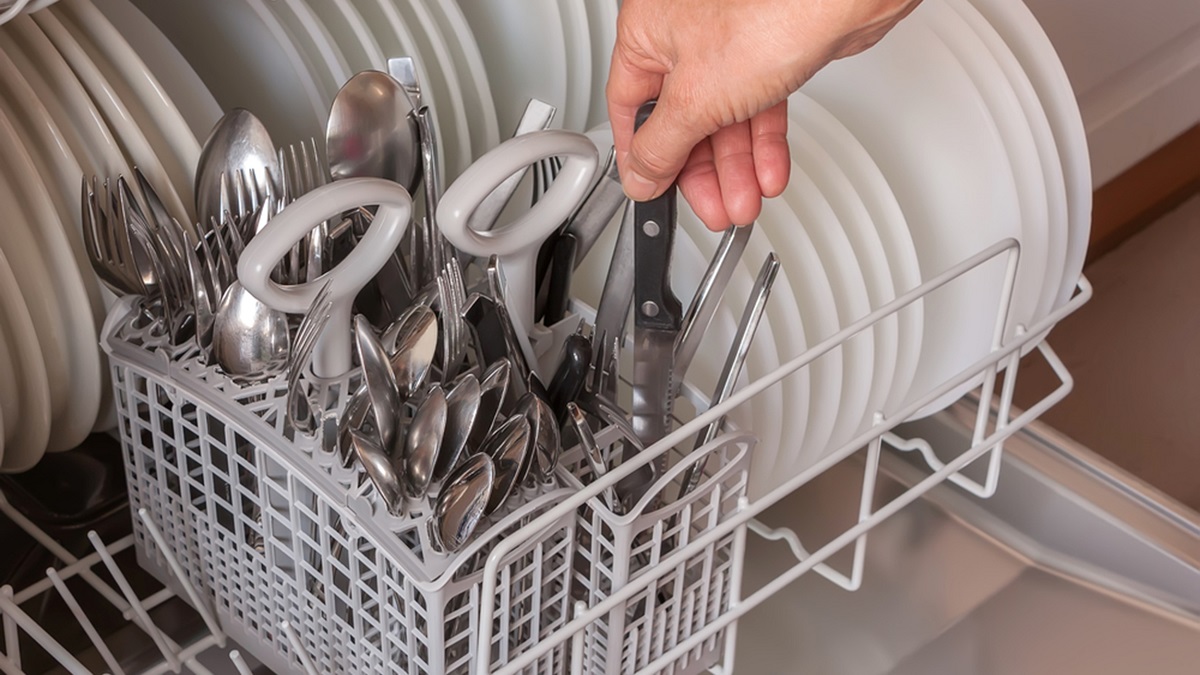
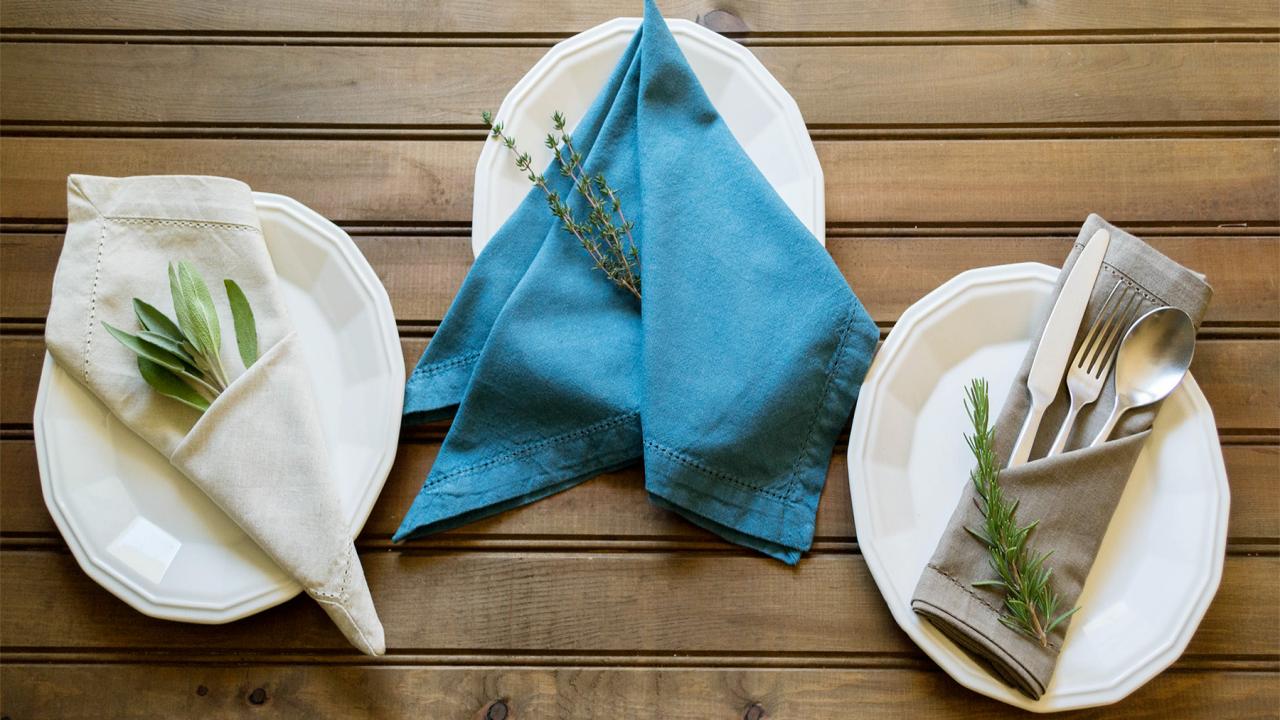
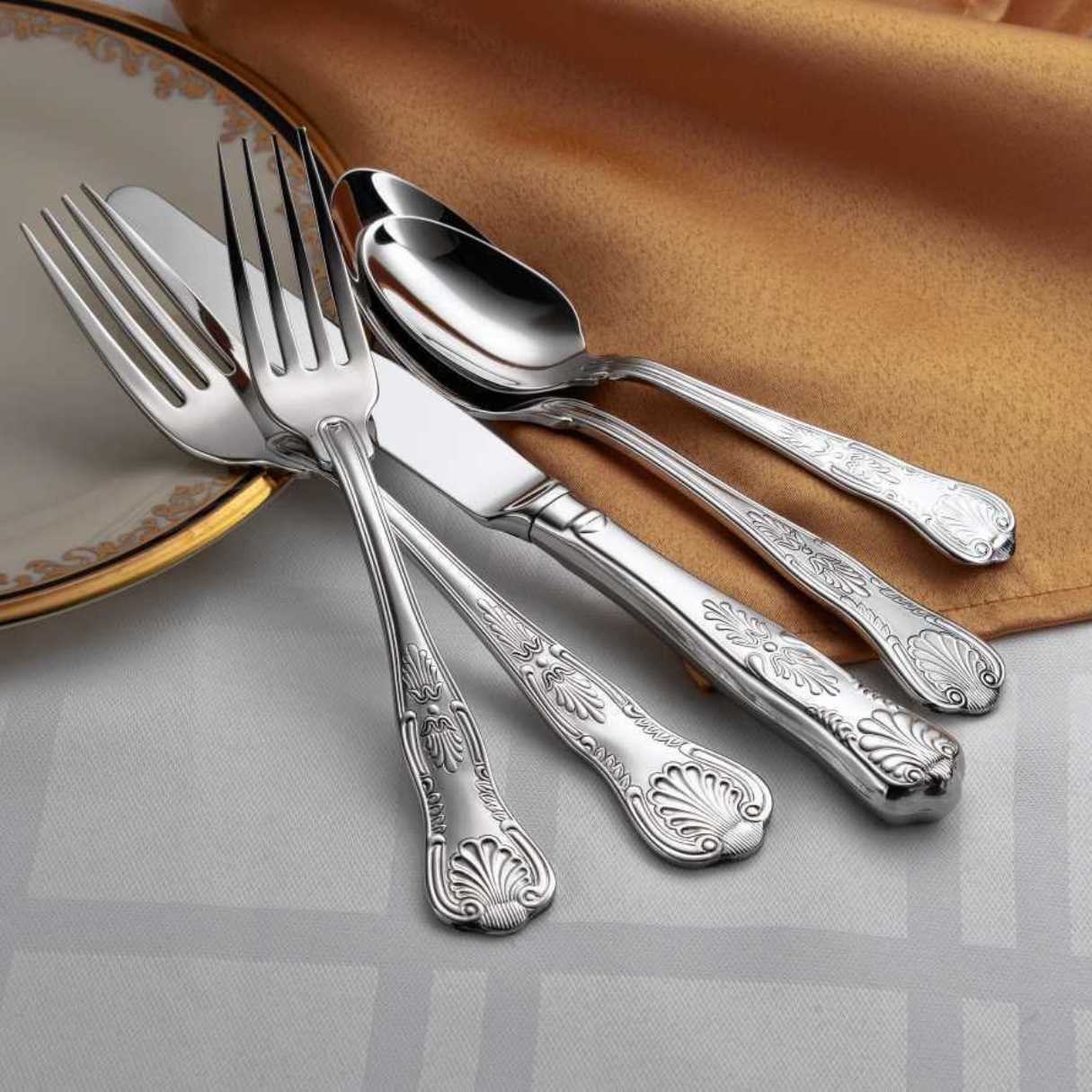
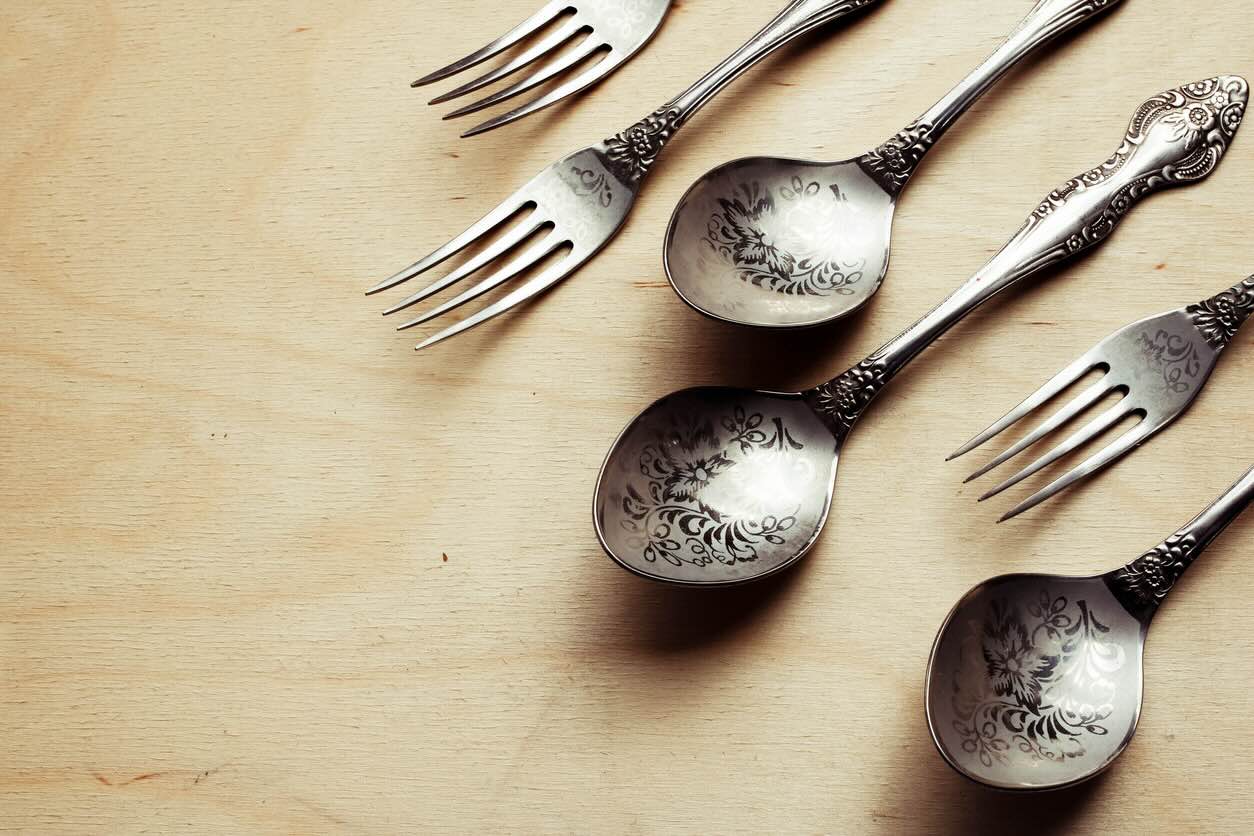
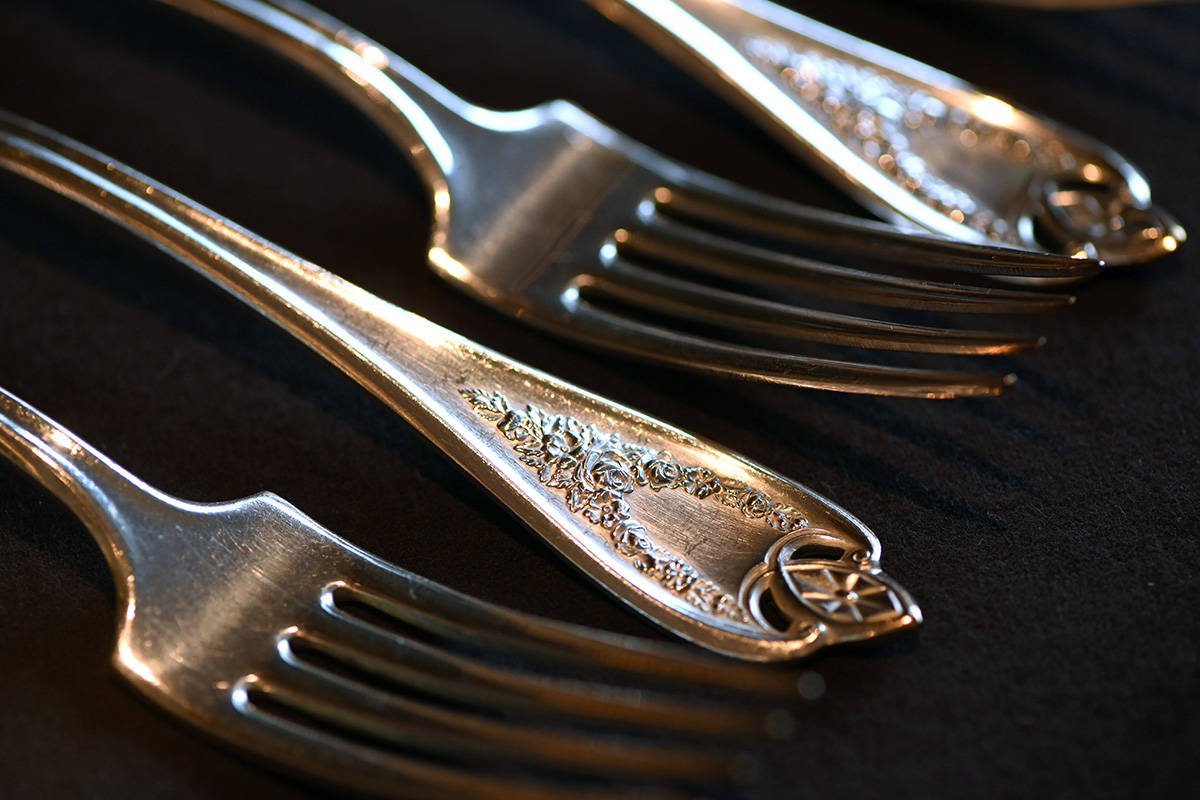
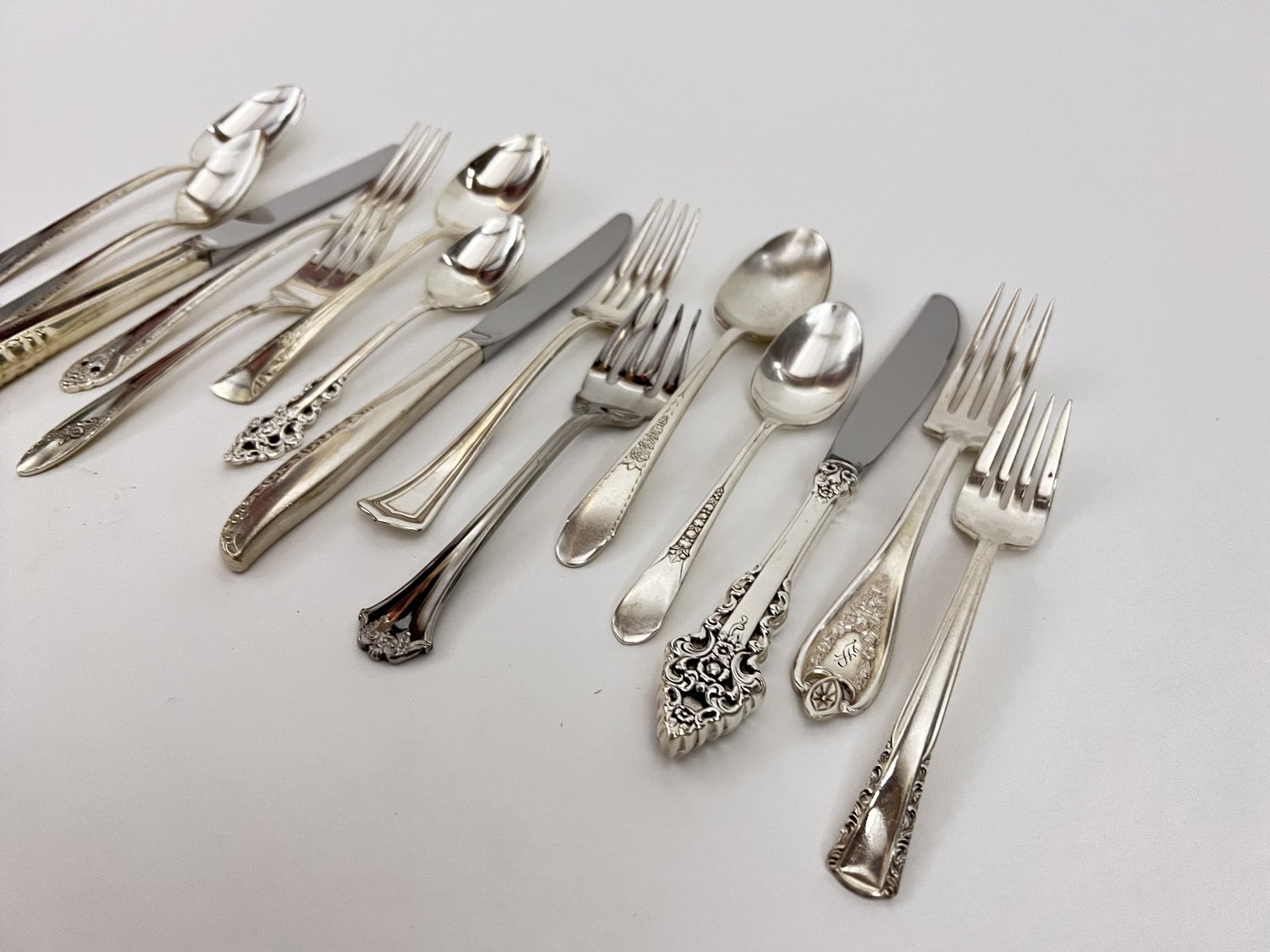

0 thoughts on “How To Store Silverware”